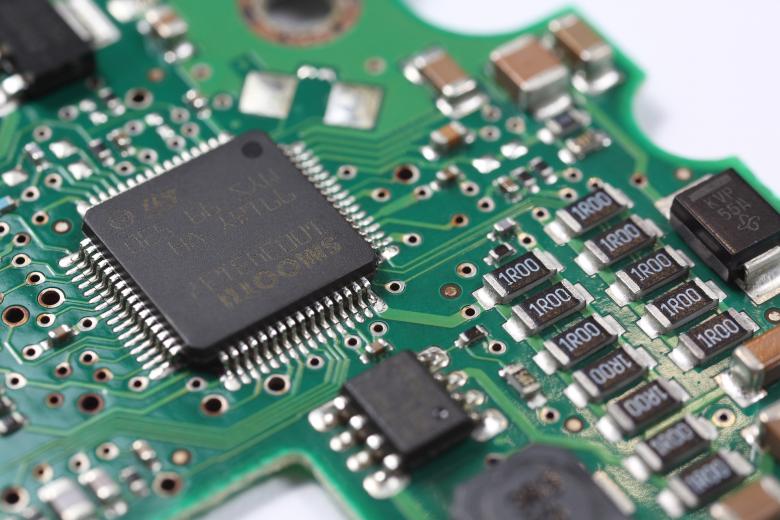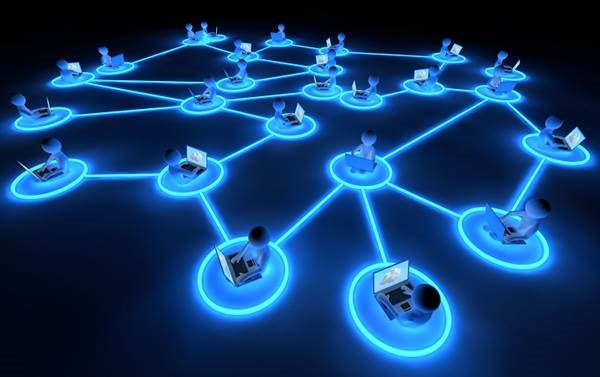Subjects

Microelectronics
Course Objectives
For students to:
- Understand how to approach analysis and design of circuits with nonlinear elements, including diodes, BJTs and MOSFETs, with an emphasis on design oriented analysis techniques.
- Understand the principles of operation for pn junctions, semiconductor diodes, MOSFETs and BJTs, including intuition behind the physical meaning of device model parameters and limitations of models.
- Understand how to analyze and design basic amplifier gain stages and digital logic gates using MOSFETs and BJTs.
Topics Covered
- Review of analysis techniques for linear, time-invariant (LTI) circuits
- Physical operation of diodes and design and analsyis of diode circuits
- Physical operation of MOSFETs and design and analysis of MOSFET circuits and amplifiers
- Physical operation of BJTs and design and analysis of BJT circuits and amplifiers
- Design of logic gates using transistors
- Operational amplifiers

Computer Networks
Theory course
- Introduction (Network types, Internet Anatomy, delays in packet switched networks, Encapsulation).
- Transport Layer (Basic Concepts, Multiplexing/Demultiplexing)
- Network Layer (Basic Concepts, Routing, Subnetting, ΝΑΤ, DHCP)
- Data Link Layer (Error Detection and Correction, Media Access Control Protocols, Reliable/Unreliable Data Transfer, ARQ mechanisms (Go-Back-N, Selective Repeat), LAN, Ethernet, MAC, ARP).
Lab course
Practice using network simulators and emulators:
- Static Routing – Static Route Configuration
- LAN and VLANs
- Spanning Tree protocols
- Network management/monitoring tools

Internet of Things and Automation Systems
Theoretical part
The theoretical part comprises the two modules that follows:
The theoretical part comprises the two modules that follows:
- the first part covers in a very brief approach the basic principles of classical Automatic Control Systems.
- The second part is devoted to Industrial Automation Systems, focusing especially on industrial informatics and networking technologies, sensor networks, Machine2Machine and Internet of Things.
Laboratorial Part
The laboratorial part includes practical projects on the following issues:
- programming of PLC Logo-Siemens with the software LogoSoft Comfort-Siemens.
- programming with SIMATIC STEP 7
- Programming in Arduino IDE
- programming for Lego Mindstorms
- programming and set up of wireless sensor networks
